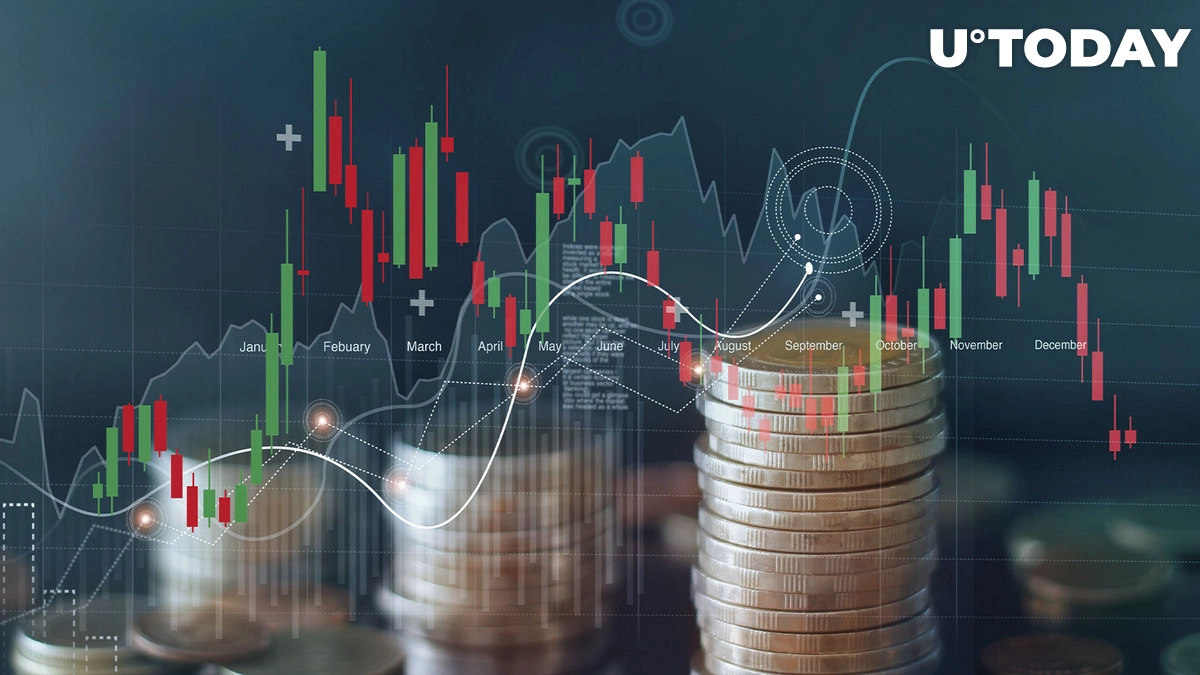
Learn why stablecoins cannot really stay stable
This year has been one of the toughest for the cryptocurrency market. The bears managed to hit even those stablecoins that could not maintain their peg with the US Dollar.
USTC, formerly Terraform Labs’ stablecoin, for example, lost its peg with the U.S. currency in May, putting heavy downward pressure on other blockchain assets.
Another algorithmic stablecoin that is struggling to keep up with the dollar is USDT, Tron’s stablecoin. On June 19, 2022, the altcoin fell to $0.93, and since November 27, it has failed to trade at $1.
Moreover, it is not just algorithmic stablecoins that are being negatively impacted this year. USDT, citing an analogous case, despite being the main stablecoin asset on the crypto market, has also had its down days in 2022, moving away from the $1 mark at times.
The trajectory of giants USDC and BUSD has been no different. Even at the time of writing, Circle’s stablecoin is trading at $0.99.
Why does this happen?
First, it is necessary to analyze the decline of algorithmic stablecoins. They are the most troublemakers on the crypto market. These stablecoins do not use an asset as collateral to maintain their parity with the dollar.
In this sense, they are controlled by algorithms. They are designed to expand or contract their total circulating supply according to market conditions while maintaining their stability.
The big problem is that sometimes the algorithm is faulty or misconfigured. This causes conditions other than what was planned to take away a stablecoin’s parity with the dollar.
In the case of the USTC, for example, there were flaws in the Terraform Labs ecosystem that allowed the exploitation of arbitrage opportunities due to the low liquidity of the Curve (CRV), which underlies the stablecoin similarity.
Also, in May, the DeFi Anchor project, a protocol that allowed users to deposit USTC to earn rewards, reduced its yield from 20% to just 4%. This took many investors by surprise, and they decided to take UST out of Anchor and sell it on the market.
As a result, in no time, the USTC lost its peg, pennies on the dollar collapsed, and the economy of many who believed in the stablecoin came to naught.
Mismanagement also contributes to stablecoin’s downfall
You read that right. Stablecoins like Dai, USDT, USDC and BUSD need to be professionally managed so that they do not lose their peg with the dollar.
Dai, MakerDAO’s stablecoin, for example, is a particularly good proposition for being decentralized and guaranteeing its parity with cryptocurrencies.
However, in times of market crisis, with the price of cryptos falling, if Dai does not have a good reserve, it might lose its peg with the dollar. That is happening at the time of writing.
On the other hand, centralized stable coins such as USDC and USDT should have a calculated reserve, for times in which the crypto market may experience mistrust and uncertain market moments involving stablecoins.
During the collapse of the Terra ecosystem and FTX, two major crypto scandals of 2022, USDT failed to hold steady, and the sale of the stablecoin on the market caused it to lose its parity with the dollar.
In theory, this should not happen at all, as stable coins originated precisely in times of panic to bring security and no fear for investors.
However, in practice, it is possible to observe that everything is completely different, and stable assets are only less volatile than Bitcoin (BTC) and do not fulfill their value proposition.


















